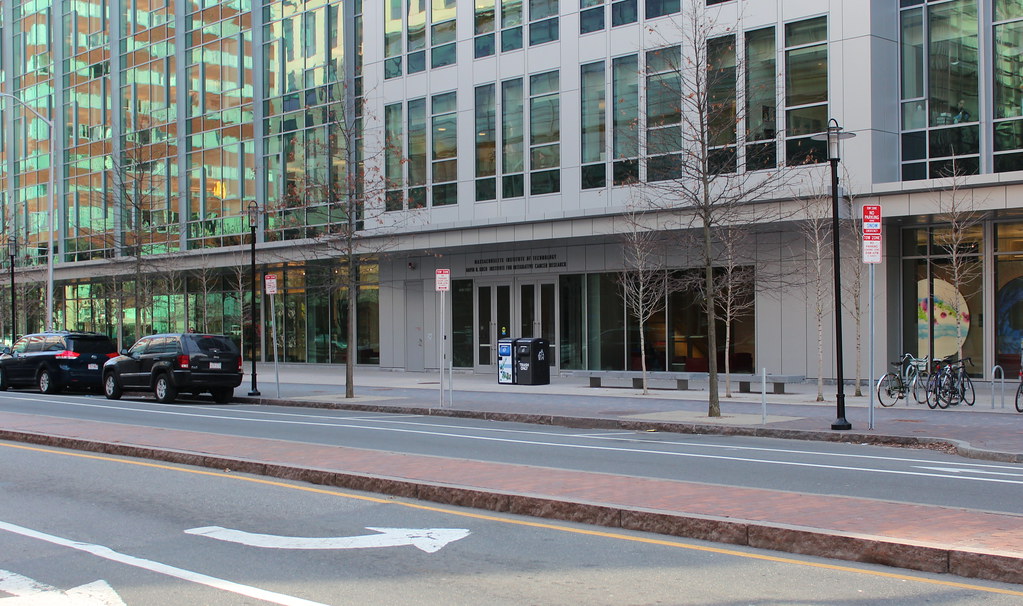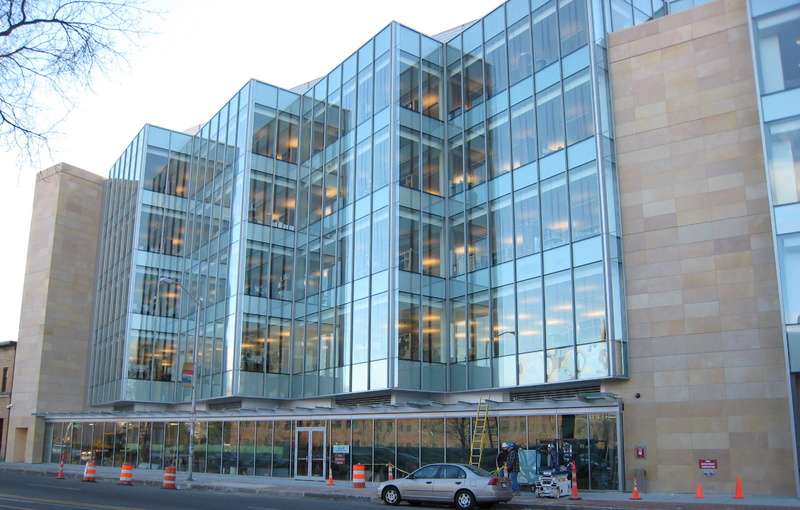Re: MIT - Koch Institute for Integrative Cancer Research
You're thinking about "pedestrian experience" too narrowly in terms of a process of getting from here to there by means of walking. Yes, I get it, I can walk from here to there no matter what so long as I feel safe.
I encourage you to think more broadly in terms of "pedestrian lifestyle" - this is what we are really talking about. It's true that perhaps 95% of the time you walk past the Novartis building you will need neither gourmet bakery product nor specialty wine - and so the ground level is irrelevant to your particular walk. However, should you - or more to the point, should someone who lives or works in the area - desire a gourmet bakery product or specialty wine, now there are additional options here that can easily and conveniently accommodate that desire in a pedestrian-friendly fashion. And by the way, in so doing, more pedestrians are out on the street making your walk past the storefronts safer, more interesting, and more varied, which might even prompt other businesses to open and take advantage of the foot traffic to give more people even more options of places they can walk to...
Blank glass walls like you pictured in your post squander the potential of this beneficial and self-reinforcing cycle. Are you really able to argue that a blank glass wall is the best use of sidewalk space given the alternative of retail?
Shep -- No -- I've never said i prefer blank glass to anything except blank concrete or granite or brick
No what I've said is that you can have plenty of urbanity without every building offering retail on the sidewalk. My definition of modern urbanity is a dense location which is economically strong and which is pleasant for the daily commuter, the local or far-off visitor as well as residents of the place itself.
All of the above are however relative -- what constitutes dense in Lexington Center (e.g. 2 to 3 stories with mix of office, retail and residence) would be low to medium in most of Boston
is there an ideal recipe for ideal urbanity -- I don't think there is.
But you can certainly tell good urbanism when you encounter it.
-- Faneuil Hall /QM is good,
-- so is most of Newbury St., most of Charles St.,
-- some of Boylston St.
-- parts of Haaaaaahvd Sq. particularly near to the T main entrance
-- Mass Ave / Huntington Ave intersection area
-- somewhat paradoxically the area around P.O. Sq and P.O. Sq. Park is good urbansism -- despite the dominance by Monolithic non-retail buildings such as 185 Franklin (aka New England Tel) and the somewhat bunker-like massive John W. McCormack U.S. Post Office and Courthouse -- as designed by Cram and as re-done recently
-- and most paradoxically the Glassed in Pru -- and all of them are different in scale, materials, style of construction, and distribution of uses.
Note that about 20 years ago, during its recent heyday, the DTX area between Summer & School along Washington St. was good urbanism --especially around Christmas and during the late spring early summer
However, I don't think that I would like Boston or Cambridge to try to recreate any of them as they were or are -- anything done today should take into account the evolution of everything from changes in demographics and the impact of technology on retail to the new materials and technologies of building
Here's the "future" of Kendall near the T -- visible in the center-right background (at least one vision)
http://www.kendallsquareinitiative.org/



